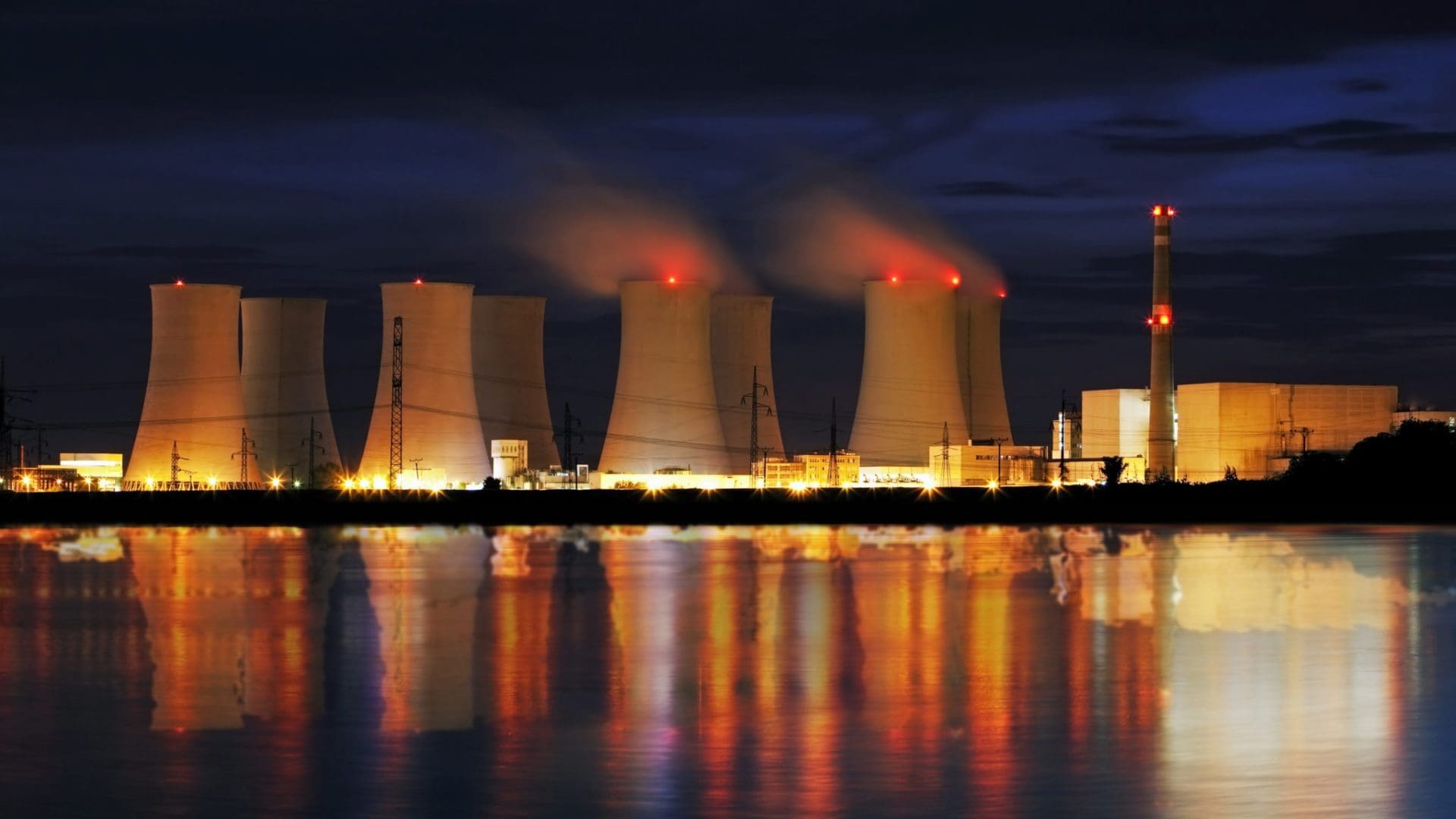As a result of the slow-burning heatwave that has caused the deaths of thousands and ignited raging wildfires across Europe, combined with low water levels caused by protracted droughts, the water in the Rhône and Garonne rivers in France has grown simply too hot to cool the nuclear power plants along their shores, so some plants have been temporarily powered down. In recent years, nuclear plants across Northern Europe have also been forced to shut down because seawater became too warm to safely cool the reactor cores. While nuclear energy is probably the most reliable of all other alternatives to fossil fuels, climate change is affecting its production as well. Changing regulations to make nuclear power more resilient is crucial for safe and clean energy production and to keep the lights on in households.
Nuclear’s Reputation
Low-carbon energy sources are crucial in the fight against climate change, and nuclear power is usually thought of as the least vulnerable to most weather events. Unlike wind and solar, nuclear is largely independent of weather, and unless a tsunami hits a power plant, it is exceedingly resistant. But the nuclear industry is now facing its own climate risks.
Climate Risks
Problems with too much or too little water are more commonly associated withy hydro power, with power plants struggling to maintain output due to rapid drying.
But as Swedish historian Per Högselius puts it, present-day nuclear engineering is more about managing larger-scale aquatic concerns than splitting atoms.
Nuclear technicians often refer to their profession as an extremely complicated way of boiling water to produce steam that spins the turbines. But the main role of water is to keep the reactor cool, which is why so many plants are located by rivers like the Rhône or seas.
While the main water-related risk is overheating, there are many other concerns related to safety. After the Fukushima disaster in Japan, the US Nuclear Regulatory Commission (NRC) drafted a new set of rules to strengthen plants against climate threats, such as sea level rise and extreme storms.
Consequently, a dozen facilities were identified that could face flooding problems under extreme–but not rare–conditions. Although nuclear plants were designed to last decades, their planned lifespans are being extended in most places in a bid to fight climate change and the ongoing energy crisis. This requires the retrofitting and upgrading of existing plants, which is essential for their operational safety.
Their planned lifespans are being extended in most places
So far, in recent years, most production cuts were due to warming waters. Not just along the Rhône and the Danube, but in the US as well. This does not necessarily mean that the reactors are physically incapable of operating, rather that operating them would cause safety concerns regarding the environment in general and wildlife.
Increasingly Common
The impact of outages is growing as temperatures continue to rise. According to a study by a Stanford researcher, there have been eight times the number of heat-related outages for nuclear plants in the past decade than before.
In 2011, Électricité de France (EDF) scientists projected a 3 degree Celsius increase in the Rhône’s temperature by 2050. Considering that most climate-related projections have proven to be optimistic and most projections are becoming reality much quicker than anticipated, it is safe to assume the river will reach the estimated warming sooner, which will lead to an increased number of outages in the near future.
Adaptation
Adapting existing plants is difficult, says Thibault Laconde, CEO of Callendar, a Paris-based start-up that advises companies on climate risk. Facilities cannot be moved, and overhauls are expensive. One possible solution is to redesign the water intake pipes to reach for deeper, colder water, or add new heat-exchange systems that reduce the need for water. Unfortunately, costs are typically exorbitant, while efficiency gains are small.
‘The key issue is how can we take into account the impact of climate change for the full lifespan of the plant to 2080 or 2100’
Building plants from scratch is much easier. ‘The key issue is when we start building new plants, how can we take into account the impact of climate change for the full lifespan of the plant to 2080 or 2100,’ Laconde says, noting that France’s new reactors announced by Emmanuel Macron are mostly being built on the coasts. Nuclear power can in fact work just as efficiently in warmer climates, like Spain or the United Arab Emirates, because those plants were built to withstand it, the expert stressed.
It is vital to prepare our nuclear plants for the consequences of climate change. With the ongoing energy crisis, which could last for a long while, production outages due to cooling problems are unacceptable. The adequate adaptation of existing plants and the climate-change-conscious designing of new plants are key in keeping our clean energy safe and secure.








